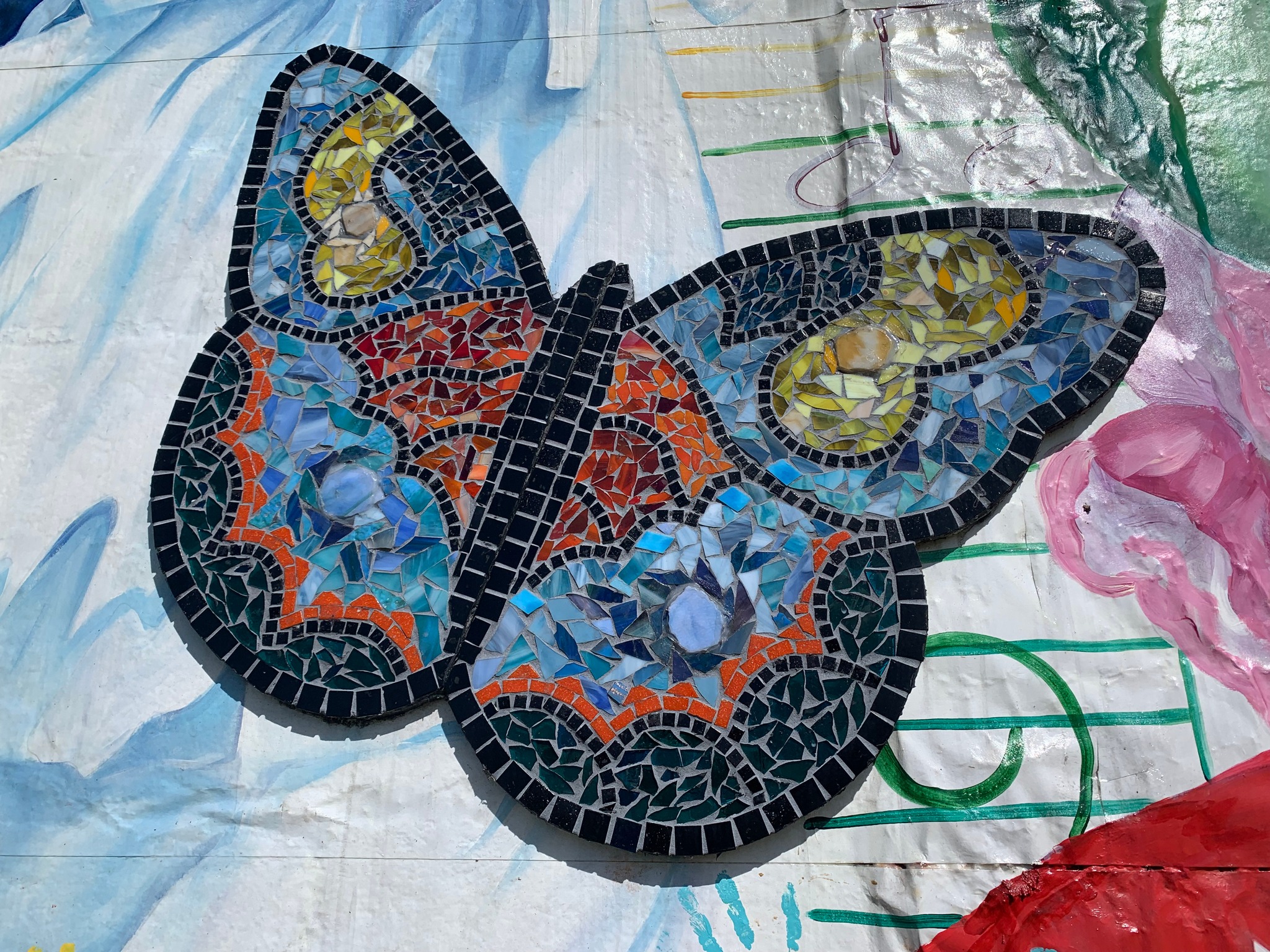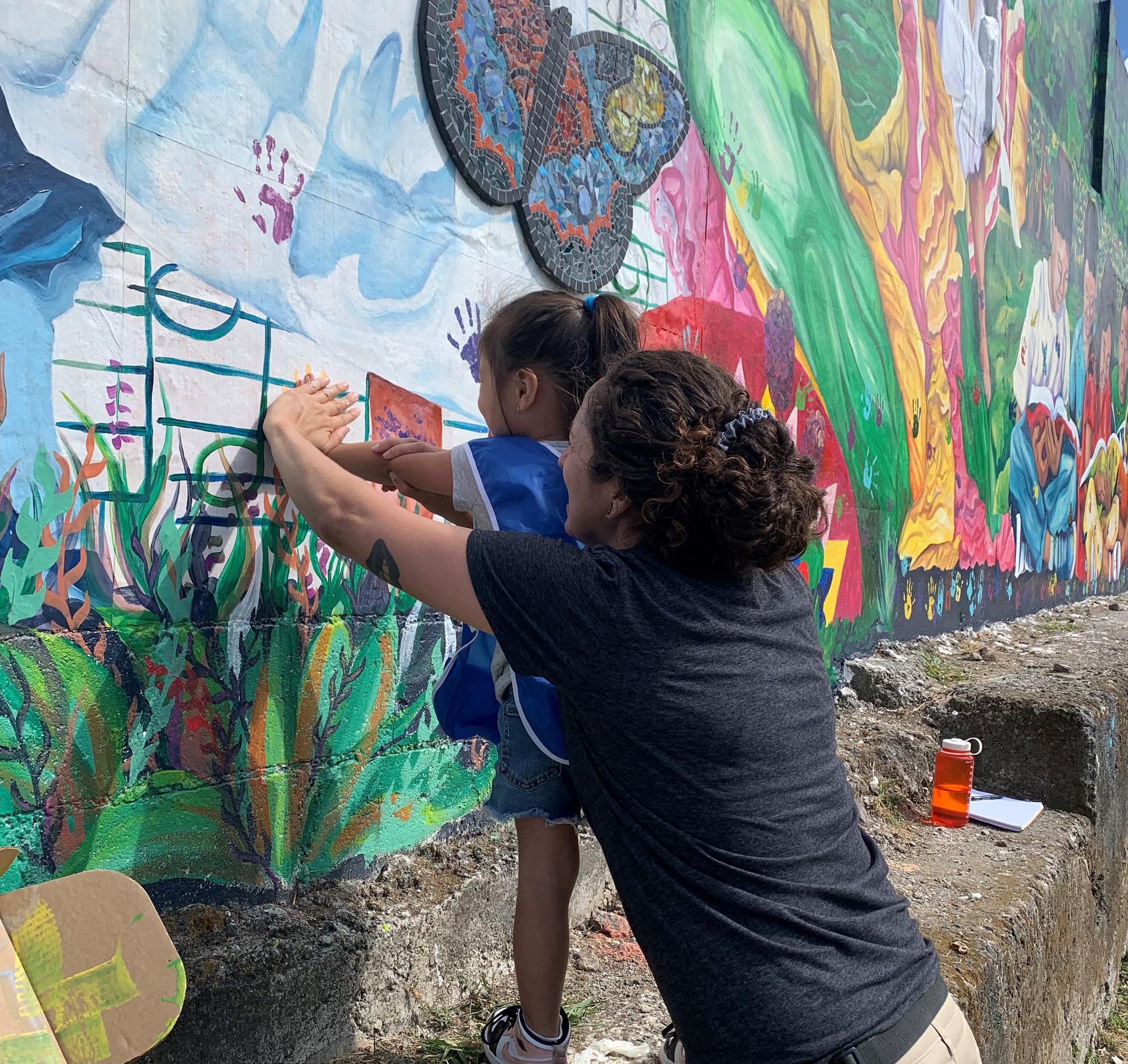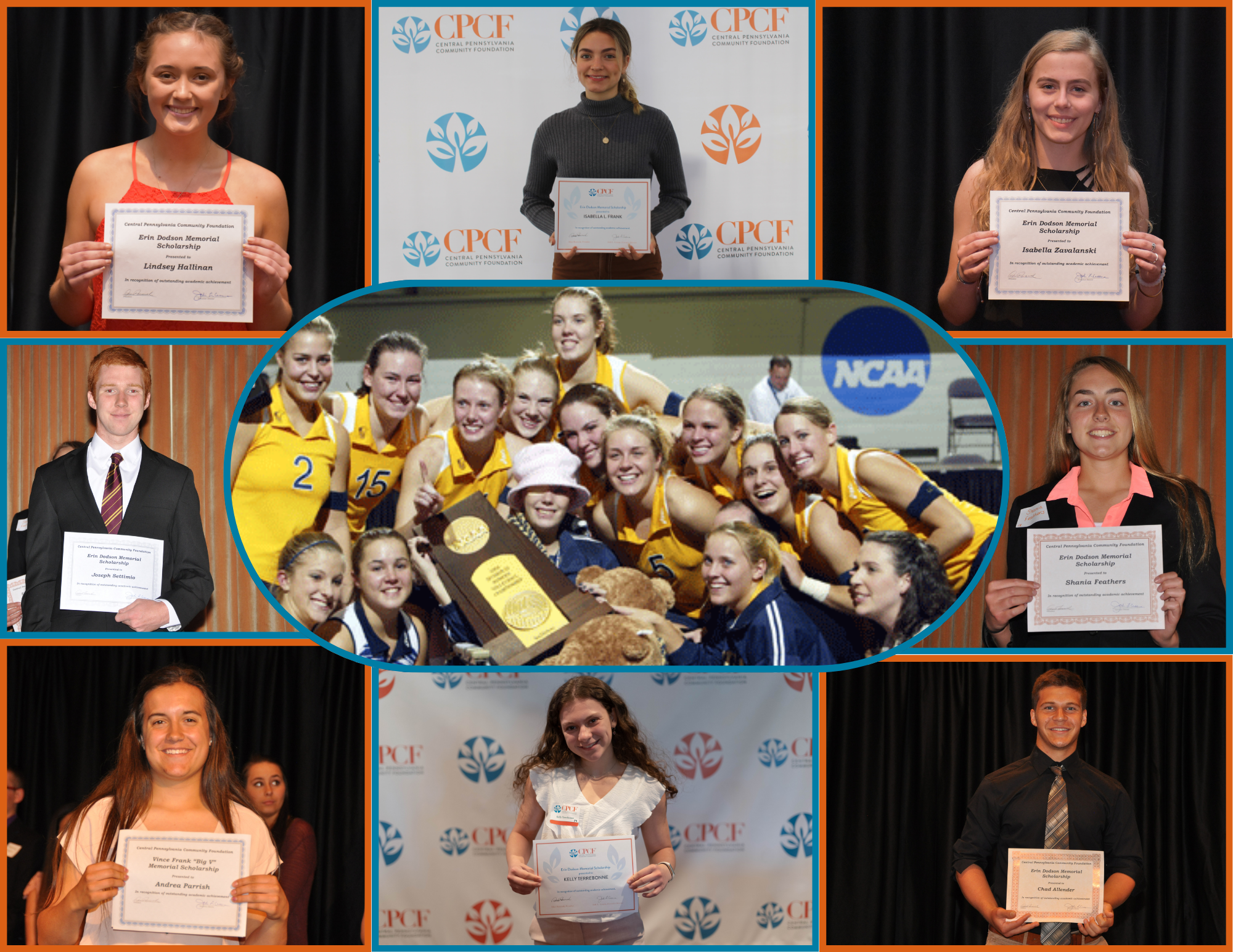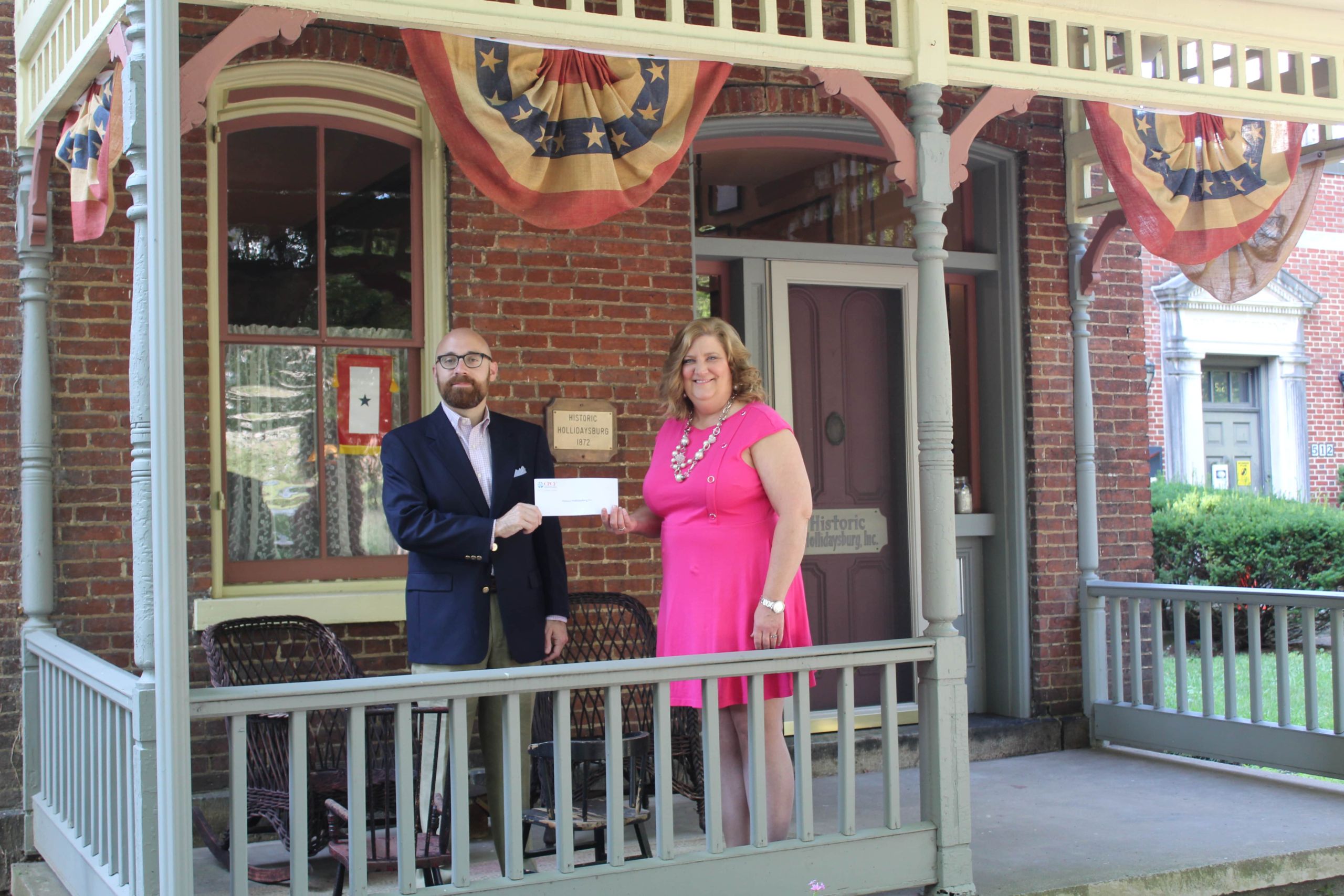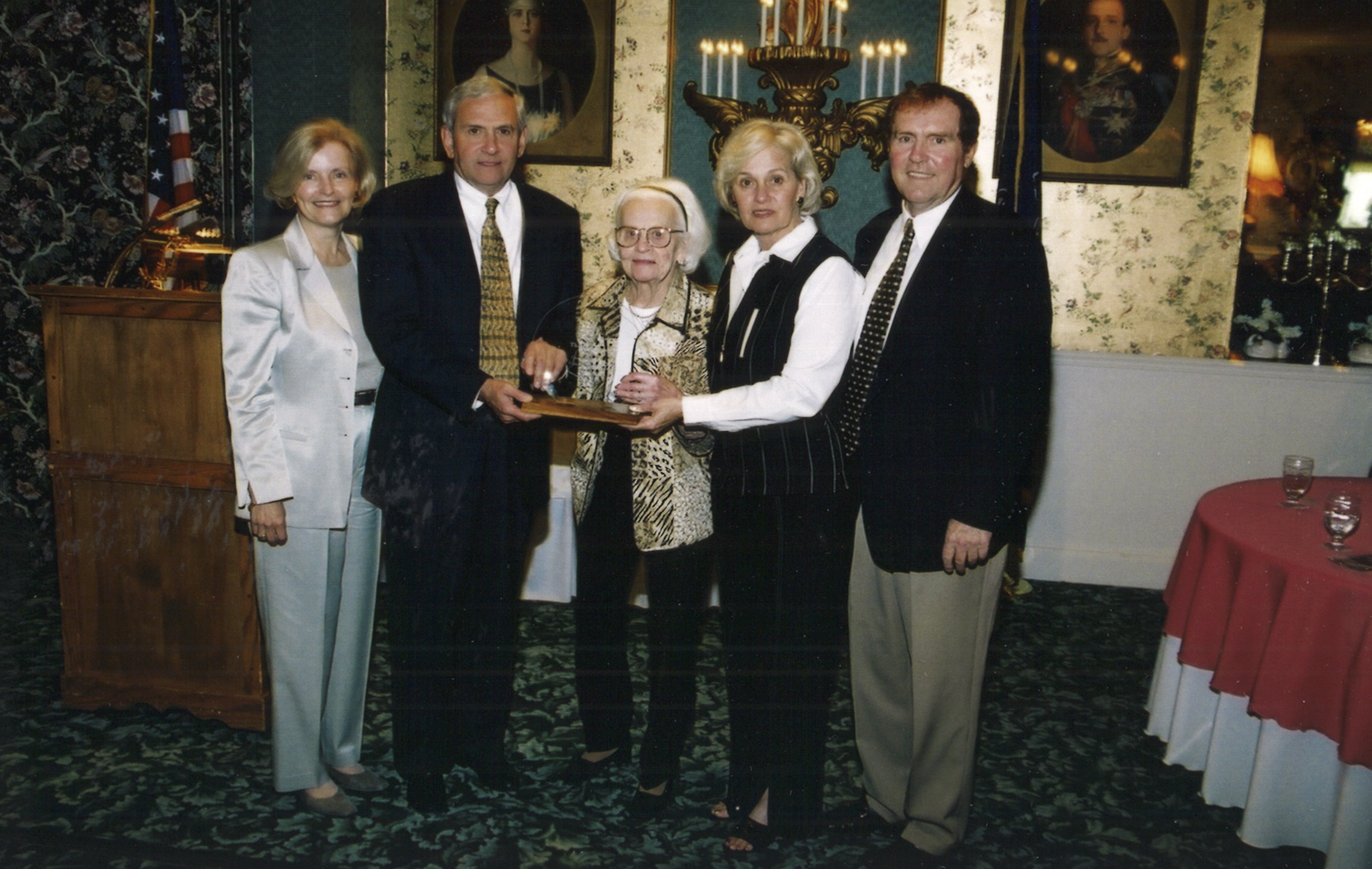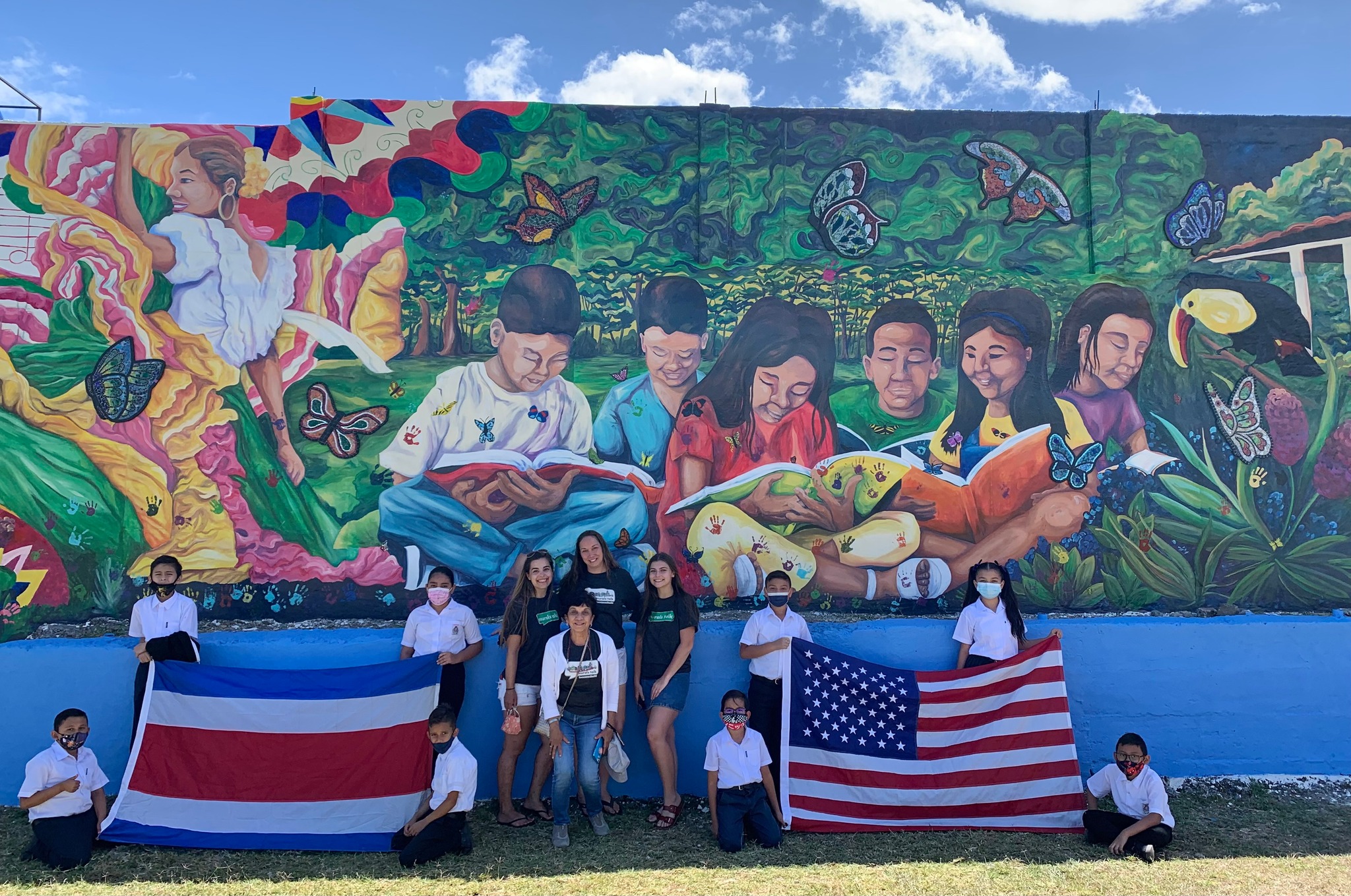
Murals Talk
In February of 2022, Pamela Snyder-Etters and a team of volunteers traveled to San Jose, Costa Rica to complete their efforts that began 2 years ago. Pamela is well-known in Central Pennsylvania for her work with the Altoona Symphony Orchestra and her murals, which adorn spaces throughout the region. In 2020, Pamela officially founded Murals Talk, a non-profit organization that uses mural construction as a way to build bridges over cultural, social, and economic gaps for kids.
The story of this particular mural goes back several years. Besides being a mural artist, Pamela is also the Head Coach of the women’s soccer team at Penn State Altoona. She first traveled to Costa Rica in 2009 with her women’s team on a soccer tour and they painted a small mural at that time.
In 2019, Pam visited schools in Costa Rica and looked at many different potential walls for a collaborative mural between Altoona students and those of the selected school in Coast Rica. She decided on a wall that could hold a mural more than 80 feet in length and approximately 15 feet in height.
During that trip, Pamela and her team spent significant time at the elementary school, La Escuela Pacífica Fernández, located adjacent to the mural wall. They interviewed the students about their dreams and hopes for the future and helped them identify inspiration. They then incorporated those ideas into the mural design. For that reason, the mural contains victorious soccer players, a home in the rural farmland of Costa Rica, the tropical biodiversity of flowers and a frog, a boy learning in the city, and the nighttime constellations that represent the children’s admiration for the Costa Rican astronaut, Franklin Chang. When asked what the most important key for a better future was, the children responded, “education and staying in school” so there is a circle of children reading in the middle of the mural. The mural also includes both the U.S. and Costa Rican flags.
Pam began the mural panels with students from Juniata Gap Elementary School in Altoona, PA during the 2019/2020 school year. While the students from the Costa Rica elementary school provided the inspiration behind the mural design, the students from Juniata Gap Elementary were invited to execute the physical creation of the mural while learning about their peers from Costa Rica.
In both cases, working with children is the most critical factor in the process. “The purpose of Murals Talk is to inspire youth and provoke change in their approach to challenges they face due to circumstances outside of their control. We seek to empower children by giving them a platform to express their goals and dreams, identify the hurdles they face, discuss ways they can attack them head on and overcome those obstacles, and identify persons of support they can trust and rely on to help them achieve success.,” said Pamela.
The mural is painted on poly-tab, a waterproof non-woven fabric. It allowed Pam and her team to paint most of the mural in Pennsylvania and then roll it up in scrolls to transport it to Costa Rica. The painting was created in part by children in Costa Rica who contributed to the painting during the first few trips. They also worked with elementary and high school students in Altoona to paint pieces of the mural. Pam explained the process of transporting them to Costa Rica. “Once we were done, I folded the 12-foot tall by 5-foot-wide panels in half and then stacked them and rolled them and I put them into a giant hiking backpack, and I carried it with me on the plane.”
Butterflies also play an important role in the mural. Pamela partnered with a Pennsylvania mosaic artist, Anju Jolly, who created 20 three-dimensional mosaic glass butterflies that are now attached within the mural. “Many artists donated the glass and then it took me about 7-10 days to create each butterfly in my studio.” Since most of the butterflies are at least one to two feet in diameter, she had to disassemble them in order to pack them into suitcases to bring them down to Costa Rica.
The artist team and volunteers made an initial trip to Costa Rica in early 2020 to prepare the wall that would hold the mural and install the first few panels as “test panels”. Within 2 weeks of their return COVID-19 shut everything down, and it would take 2 more years, 2 more trips, and extensive collaboration and communications to return to Costa Rica for the final stages of the project.
In all, the painting of the mural took the collaboration of dozens of people. It took her team 4 trips to Costa Rica, 250 pounds of materials, numerous donations, dozens of suitcases laden with ceramic, and over 300 hours of labor to complete the mural.
Pamela says she has been able to connect with both the Costa Rican and US communities through the mural project. Not only did she use the conversations with the children to create the mural design but upon its completion she invited the children to put their handprints on the mural. The response was overwhelming as the line of children waiting to participate stretched across the plaza.
